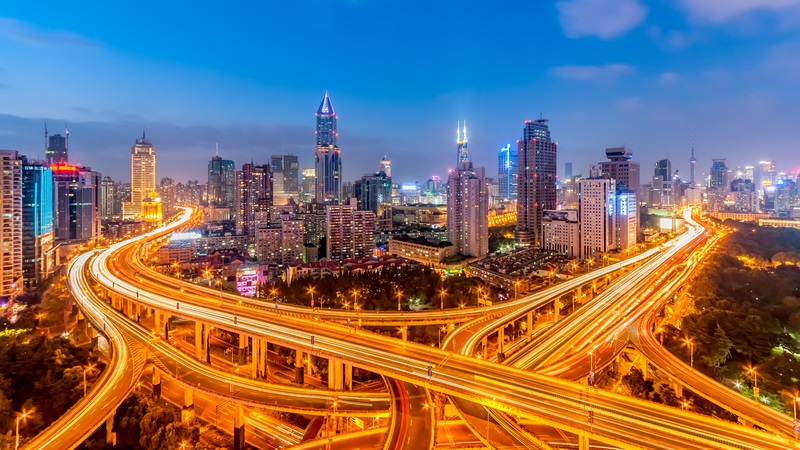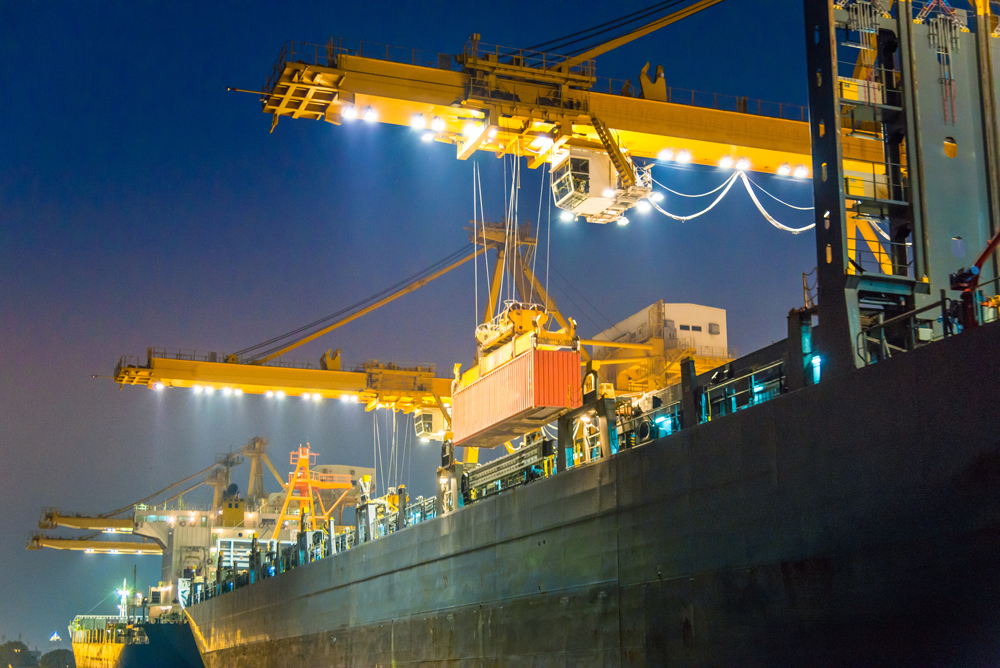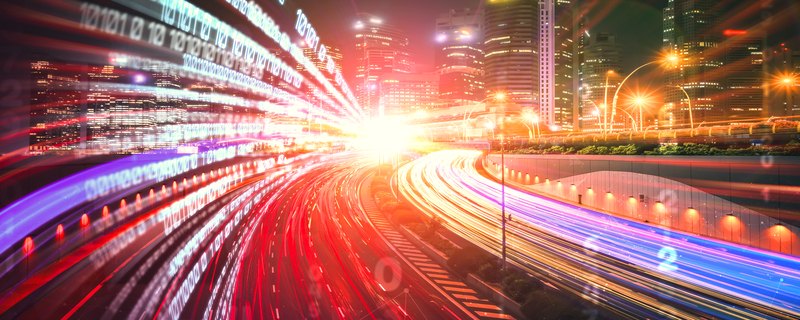
The 2025 MWC (Mobile World Congress) event, which took place in Barcelona at the beginning of March, once again provided a strong demonstration of how connectivity is having a direct and positive influence in the physical world.
Over the course of three days, almost 110,000 attendees from more than 200 countries and territorie¬¬s had the opportunity to interact with and see demonstrations and presentations by 2,900 exhibitors, sponsors and partners. This included an opportunity to learn about what Huawei has been engaged in over the last 12 months and more, and across many domains in addition to transportation.
Tracking AI’s progress
There was a strong emphasis on AI at MWC — and in particular on defining some of the realities, dispelling some of the myths, and demonstrating how the technology can offer significant benefits.
Across multiple domains, including transportation, Huawei has been at the forefront of efforts to develop and provide an AI platform and applications that provide performance enhancements. A notable feature of its Pangu large language model is that, as different domains intersect, they can use the same common digital platform as their baselines. This increases the ease and speed of integration, even between domains where cooperation has previously been limited or even non-existent, and facilitates the realisation of a more seamless, digitised and intelligent society.

The company now has significant reference projects within transportation and, to highlight some of these, Huawei hosted a transportation forum themed Accelerate Transportation Digital Intelligence.
Together with industry customers, partners, and experts, Huawei explored new paths for smart transportation and shared its latest technical achievements. During the forum, Huawei unveiled seven innovative ICT products and solutions across four major transportation sectors. The company's digital and intelligent foundation, it says, contributes to the empowerment of the transportation industry and acceleration of industry intelligence.
The applications developed to date by Huawei and its partners typically address the repetitive, predictable and large-volume tasks which are difficult for humans to fulfil diligently over extended periods of time. As such, by using AI, Huawei provides its partners and customers with additional safety and efficiency advantages.
AI is reshaping various domains. Large language models are propelling AI from sensing to comprehension, significantly boosting efficiencies in multiple ways. This presents both opportunities and challenges to the transportation and other industries.
During the forum, senior figures from both Huawei and partners provided insights.
Jeffery Wan, Vice President of Huawei's Smart Transportation BU, noted that as a leading global provider of ICT infrastructure and smart devices, Huawei is committed to building a digital foundation for smart transportation by integrating sensing, connection, cloud, storage, computing and AI. “Huawei will collaborate closely with our customers and partners on next-generation communications networks, computing infrastructure, AI, digital talent cultivation and various other domains. Let's forge ahead toward smart transportation and sustainable industry development,” Wan said.

Rachad Nassar, Director of Global Business & Strategic Partners of Huawei's Smart Transportation BU, shared Huawei's experience in accelerating intelligence in the transportation sector. He highlighted that the global transportation industry is accelerating its moves towards digitalisation, intelligence, lower carbon emissions and greater integration. To address the diverse requirements and challenges which accompany the continuous evolution of the transportation industry, Huawei adheres to technological innovation and open cooperation, fully integrates digital technologies, and strives to build a digital and intelligent foundation based on broadband, cloud and AI which enables smart transportation and logistics development.
Ports are vital strategic hubs that drive internal and external economic activities while safeguarding the security and stability of industry and supply chains. Yang Jiemin, Vice President of Tianjin Port Group, stated that his organisation will continue to consolidate data resources and emphasise the extensive use of large models across all service scenarios to develop ‘digital employees’.
“We will widely deploy large models to enable office, customer service, security, production and other domains. Tianjin Port provides a replicable experience for helping the port and shipping industry to go intelligent, promoting large models as a new productivity tool for high-quality industry development,” he added.
Using AI to support automation and ultra-low-latency 5G communications to support autonomous driving, Tianjin Port has achieved 31 percent faster operations, 17 percent lower energy usage and an overall increase in efficiency of 10 percent.
Digital infrastructure, notably broadband, cloud and AI, is transforming the future of transportation. Carlos López Gutiérrez, Head of Transportation and Security Systems Business Unit at public infrastructure management technology integrator Sice, said:
“With joint solutions, we have achieved a deep convergence of sensing, connectivity, platforms and AI applications. From security systems to electromechanical and electrical systems, and finally to a centralised platform for passenger information systems, we meet all the needs of transport network operations, with high automation and seamless integration with signalling systems. This innovative model not only enhances the intelligence of the transportation system, but also lays a solid foundation for the sustainable development of transportation in the future.”
This will be especially important in light of the European Union’s aim of moving more than 50 percent of freight via rail, he added.

New and improved solutions
Jacky Wang, Vice President of Huawei's Smart Transportation BU, used the transportation forum to introduce the release of seven solutions across four transportation sectors together with customers and partners.
For the rail sector, Huawei launched the Smart Railway Yard & Station Solution, which is intended to empower intelligent upgrades across various railway domains. The solution improves intelligent fault recognition rates to 99.99 percent, while intelligent scheduling boosts rolling stock inspection and repair efficiency by 30 percent. Preliminary inspection based on intelligent detection halves manual workloads for applications such as wheel inspection. In addition, the perimeter detection solution ensures zero missed alarms and very few false alarms. On this basis, Huawei has improved the solution’s capabilities for yards, stations, and rolling stock depots, cutting power consumption by 40 percent and decreasing costs and space by 30 percent. Huawei offers a wide range of cost-effective and eco-friendly solutions.
For airports, Huawei has upgraded the Fully Connected All-Optical Network Solution by adding the M45 panel-type Optical Network Unit (ONU) and improved the Xinghe Intelligent Airport Integrated Data Network Solution. The ONU supports power-over-fibre power supply and Type B dual-homing service protection, providing high-quality voice, data and HD video services for airport campuses. Wi-Fi 7 enables targeted signal enhancement for VIP users with 20 percent higher bandwidth. Moreover, Huawei's exclusive Wi-Fi shield guarantees zero data leakage. Capitalising on industry AI algorithms, the airport Intelligent Operation Center improves flight departure punctuality and ground support efficiency by 5 percent each, making forecasts more precise.
Huawei upgraded and launched the Transportation Operations Coordination Center - Advanced (TOCC-A) for the road transportation sector. This solution detects traffic incidents within seconds and handles them 30 percent faster than previous methods. Precise charging scheduling of new-energy buses improves passenger mobility efficiency by over 15 percent. Additionally, nine modules and 16 types of services can be flexibly combined to optimise traffic safety, efficiency and service quality.
The Intelligent Multi-Level Port Operations Management Solution will help sea port groups to go digital and become more innovative. The solution reduces report statistics production timeframes from weeks to minutes and enables benefit indicator analysis to be done on an hourly basis instead of monthly.

Continuing service
To date, Huawei has served more than 210 airports, airlines, and air traffic management departments, more than 300 urban rail lines alongside over 180,000 km of railways across over 70 cities, road networks extending over more than 200,000 km, and over 100 customers from sea port and land port industries.
Looking ahead, Huawei will continue to adhere to a ‘platform + ecosystem’ strategy and insist on finding the right technology for the right scenario. It is committed to developing industry solutions that encompass hub campuses, road network transportation and logistics systems. Huawei looks to enable convenient travel and smoother logistic movements, along with a digital and intelligent future, to amplify transportation intelligence.
Content produced in association with Huawei












